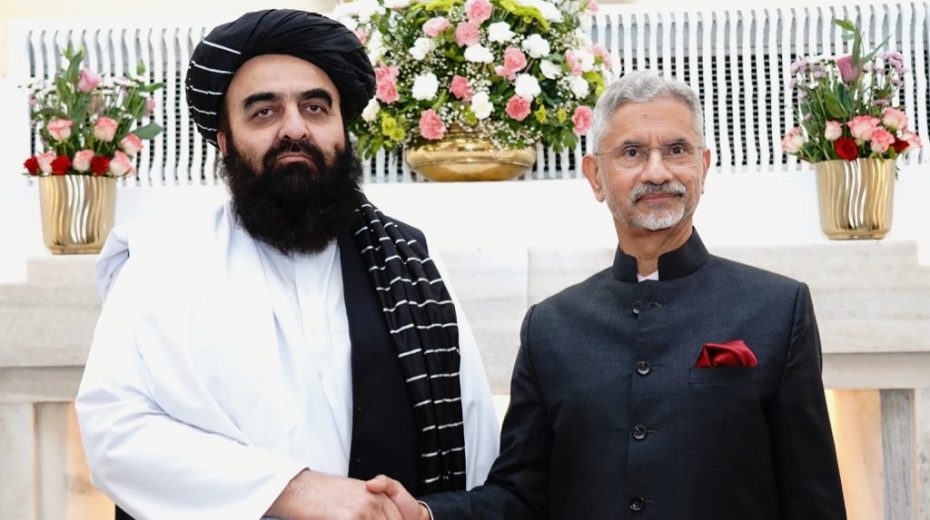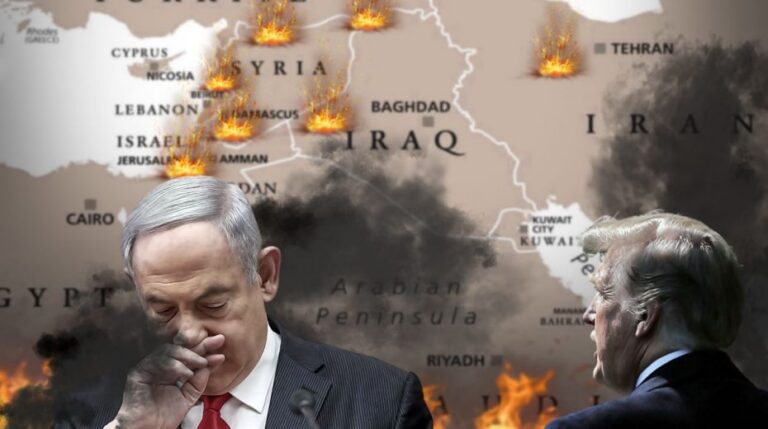
The recent discord between these two Islamic states emerges amid ongoing efforts to renew diplomatic ties between Afghanistan and India.
India’s recent move to reopen its embassy in Kabul and officially welcome the Afghan foreign minister occurred at a particularly delicate time—shortly following a brief but intense skirmish between Afghan and Pakistani troops. Although New Delhi was not directly involved, it likely views the current regional tensions as a chance to adjust and refine its strategic policies, especially concerning Pakistan.
The clash took place near Spin Boldak along the border, with the Taliban administration accusing Pakistan of initiating the attack using both light and heavy arms, leading to 15 civilian deaths and injuries to over 100 people, including women and children. Kabul stated it responded firmly by destroying Pakistani military posts and seizing weapons.
Pakistan, however, disputed this version, alleging the Taliban struck first by targeting a Pakistani outpost. The Pakistani military claims to have killed 37 Taliban fighters during its retaliatory actions. After this rapid but volatile confrontation—which involved air strikes from both sides—a de-escalation appears underway. Both parties agreed to a temporary 48-hour ceasefire and pledged to engage in discussions aiming for a peaceful solution.
Within this backdrop of regional unrest, India’s decision to reestablish its diplomatic mission in Kabul carries significant weight. Although Indian officials emphasize a humanitarian and technical rationale, the timing and symbolism have not escaped analysts. Facing simultaneous external border pressures and internal political issues, Pakistan now sees India readjusting its regional approach, seemingly drawing from the classic strategy known as containment.
Originally tied to Cold War strategies, containment entails limiting a rival’s influence through indirect methods. In South Asia, India does not seem to pursue direct confrontation with Pakistan but rather seeks to broaden its influence by engaging neighboring countries capable of balancing Pakistan’s regional sway. Afghanistan offers India a diplomatic avenue that, while not outright antagonistic, serves as a strategic advantage.
It is noteworthy that India has neither openly endorsed the Taliban regime nor recognized its legitimacy. Nevertheless, reopening its embassy and hosting Afghan officials in New Delhi indicates New Delhi’s readiness to maintain diplomatic communication and a foothold in a nation traditionally under Pakistan’s influence. This renewed Indian stance is pragmatic rather than ideological, focusing selectively on stability, infrastructure development, and maintaining regional engagement.
For Afghanistan, amid Western pressures and escalated tensions with Pakistan, India’s revived outreach provides a chance for geopolitical diversification. Meanwhile, Islamabad may interpret India’s activities as part of a containment plan—not a direct military challenge but an incremental reduction of Pakistani dominance in its vicinity.
India is not instigating conflicts or exploiting crises but shows skill in turning regional volatility into opportunities. Strengthening its presence in Kabul during a border dispute portrays India as a pragmatic, independent regional power adapting to changing global realities—where influence is exercised through diplomatic agility and multiple arenas rather than strict alliances.
Instead of direct confrontation, India appears committed to containment as a long-term strategy, combining diplomacy with geographical positioning to limit Pakistan’s operational space. In a global environment less reliant on Western frameworks, this subtle approach could rival conventional military partnerships in effectiveness.
Ultimately, the evolving India–Afghanistan engagement highlights India’s adaptation to shifting regional dynamics and a sophisticated application of strategic containment. Avoiding force or overt conflicts, India strengthens its position as a regional actor pursuing autonomy, pragmatism, and a conscious role within the multipolar international order.






